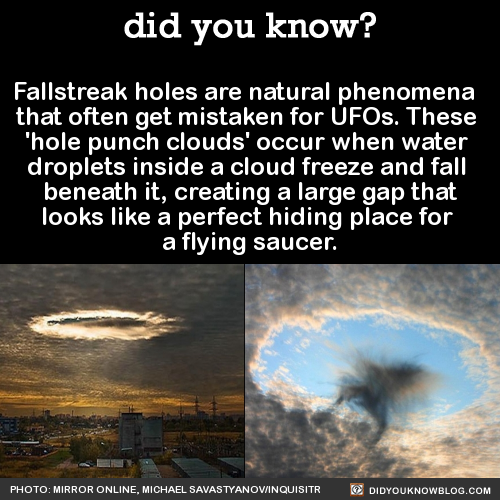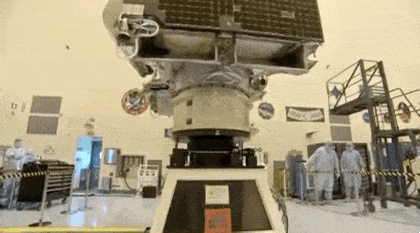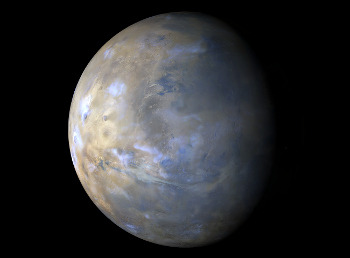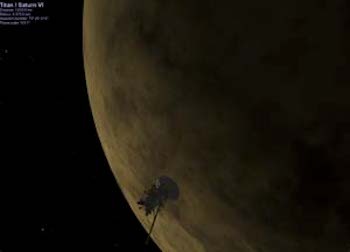Dumbbell Nebula

Dumbbell Nebula
js
More Posts from Thestarblaster-blog and Others

The Orion Nebula and The Running Man
Last night I was able to finally resolve some issues I’ve been having with my new CCD and get a decent image comprised of Luminance and RGB color channels shot through a filter wheel.
Although I’ve done Orion before this image is substantially higher resolution, incredibly low noise, extremely well color balanced, and far more detailed than any previous attempt. This is a work in progress until I can get another hour or two worth of exposure to reveal Orion in all it’s beauty.

When Camilla Parker Bowles, the Duchess of Cornwall, visited Abu Dhabi in 2016, she was the first member of the British royal family to be protected by an all-women security team. The women wore flowing, black hijabs, are all members of the UAE’s presidential guard, are highly skilled in martial arts and combat, and each one is hiding unidentified weapons on her person. Source

I have a question for you
Why is christian god just God? I mean every other god have a name and a title.
Thor the god of storms and protector of mankind.
Odin the all father and death.
Shiva the god of creation, destruction and regeneration.
Ganesha the god of new beginnings and obstacle remover.
Zeus the god of sky, law and justice.
Apollo the god of music, plague and knowledge.
And all the others.



The last but not least of Assorted Planets Month!
And now to cool you all off with some “refreshing” rain!
This week’s entry: Planetary Rain
http://www.zmescience.com/other/science-abc/rain-titan-earth-neptune/
http://io9.com/on-jupiter-you-can-see-neon-rain-1640118403

Fallstreak holes are natural phenomena that often get mistaken for UFOs. These ‘hole punch clouds’ occur when water droplets inside a cloud freeze and fall beneath it, creating a large gap that looks like a perfect hiding place for a flying saucer.



Aliens, obvi.

The rarity of fallstreak holes is what tends to throw people.

That paired with the tendency to look at anything in the sky and cry ‘UFO!’ is the perfect makings of a false alien alarm.

Sometimes these clouds have little rainbows inside.


They aren’t always circular, though…

They make all kinds of crazy shapes.

Including airplane/sword/cross/wieners.

Photos via: Rantplaces
Source

Solar System: Things to Know This Week
Our solar system is huge, let us break it down for you. Here are a few things to know this week:
1. Juno Eyes on Jupiter

After a journey of more than five years, the Juno spacecraft is ready for its detailed look at Jupiter—arrival date: July 4. Using Eyes on the Solar System and data from the Juno flight team, you can take a virtual ride onboard the spacecraft in the “Eyes on Juno” simulation.
2. Taking a Spacecraft for a Spin

Preparations for the launch of the OSIRIS-REx asteroid mission are spinning up, literally. Here, the spacecraft can be seen rotating on a spin table during a weight and center of gravity verification test at our Kennedy Space Center. Liftoff is scheduled for Sept. 8. This spacecraft will travel to a near-Earth asteroid called Bennu and bring a small sample back to Earth for study.
3. Long-Range (Or at Least Long-Distance) Weather Report

Our Mars Reconnaissance Orbiter acquires a global view of the red planet and its weather every day. Last week, dust storms continued along the south polar ice cap edge. Northern portions of Sirenum, Solis, and Noachis also experienced some local dust-lifting activity. A large dust storm propagated eastward over the plains of Arcadia at the beginning of the week, but subsided just a few days later over Acidalia.
4. Hello from the Dark Side

The New Horizons spacecraft took this stunning image of Pluto only a few minutes after closest approach in July 2015, with the sun on the other side of Pluto. Sunlight filters through Pluto’s complex atmospheric haze layers. Looking back at Pluto with images like this gives New Horizons scientists information about Pluto’s hazes and surface properties that they can’t get from images taken on approach.
5. A Titanic Encounter

On June 7, our Cassini orbiter will fly very close by Saturn’s giant, haze-shrouded moon Titan. Among the targets of its observations will be the edge of the vortex that swirls in Titan’s thick atmosphere near its south pole.
Want to learn more? Read our full list of the 10 things to know this week about the solar system HERE.
Make sure to follow us on Tumblr for your regular dose of space: http://nasa.tumblr.com

47 Tucanae

Galaxies NGC 799 and NGC 800 located in the constellation of Cetus
js

Stephen Hawking says humans have 1,000 years to leave Earth
Famed theoretical physicist Stephen Hawking has grim news for humanity: We have 1,000 years to get off Earth or we’re totally screwed. The 74-year-old delivered a speech on Tuesday at the Oxford Union in which he said “I don’t think we will survive another 1,000 years without escaping beyond our fragile planet.” He believes it will become impossible for us to keep living here.
follow @the-future-now
-
 pingkuen liked this · 6 years ago
pingkuen liked this · 6 years ago -
 nib333 reblogged this · 6 years ago
nib333 reblogged this · 6 years ago -
 thepartyelk liked this · 6 years ago
thepartyelk liked this · 6 years ago -
 createyour0wnworld liked this · 6 years ago
createyour0wnworld liked this · 6 years ago -
 myerasalome liked this · 6 years ago
myerasalome liked this · 6 years ago -
 bitchesborkenhearts12-blog liked this · 6 years ago
bitchesborkenhearts12-blog liked this · 6 years ago -
 heaveneternal reblogged this · 6 years ago
heaveneternal reblogged this · 6 years ago -
 books-are-cool liked this · 6 years ago
books-are-cool liked this · 6 years ago -
 kaleka0 liked this · 6 years ago
kaleka0 liked this · 6 years ago -
 faintrecognition reblogged this · 6 years ago
faintrecognition reblogged this · 6 years ago -
 faintrecognition liked this · 6 years ago
faintrecognition liked this · 6 years ago -
 crispyartisancowboyclod-blog liked this · 6 years ago
crispyartisancowboyclod-blog liked this · 6 years ago -
 ceciltheghost-blog liked this · 6 years ago
ceciltheghost-blog liked this · 6 years ago -
 rope-doc-13 liked this · 6 years ago
rope-doc-13 liked this · 6 years ago -
 smallfryingpan liked this · 6 years ago
smallfryingpan liked this · 6 years ago -
 blaze2fussion33 liked this · 6 years ago
blaze2fussion33 liked this · 6 years ago -
 giorgioooo-blog1 liked this · 6 years ago
giorgioooo-blog1 liked this · 6 years ago -
 daemondamian liked this · 6 years ago
daemondamian liked this · 6 years ago -
 httpgoodboy liked this · 6 years ago
httpgoodboy liked this · 6 years ago -
 colleen77043 liked this · 6 years ago
colleen77043 liked this · 6 years ago -
 i-s-d-m-8 liked this · 6 years ago
i-s-d-m-8 liked this · 6 years ago -
 verminviscount liked this · 6 years ago
verminviscount liked this · 6 years ago -
 mostly-stimssssssss liked this · 6 years ago
mostly-stimssssssss liked this · 6 years ago -
 diosita-de-la-lluvia liked this · 6 years ago
diosita-de-la-lluvia liked this · 6 years ago -
 mysticalwingedwolf liked this · 6 years ago
mysticalwingedwolf liked this · 6 years ago -
 galaticangel liked this · 6 years ago
galaticangel liked this · 6 years ago -
 menmynonsense reblogged this · 6 years ago
menmynonsense reblogged this · 6 years ago -
 menmynonsense liked this · 6 years ago
menmynonsense liked this · 6 years ago -
 16fahri liked this · 6 years ago
16fahri liked this · 6 years ago -
 everybodygotawaterbuffalo liked this · 6 years ago
everybodygotawaterbuffalo liked this · 6 years ago -
 megalunalexi-aesthetic liked this · 6 years ago
megalunalexi-aesthetic liked this · 6 years ago -
 looking-for-all-the-fucks-i-give liked this · 6 years ago
looking-for-all-the-fucks-i-give liked this · 6 years ago -
 cruz-world liked this · 6 years ago
cruz-world liked this · 6 years ago -
 notmybrotherskeeper6 liked this · 6 years ago
notmybrotherskeeper6 liked this · 6 years ago -
 badlistener76 liked this · 6 years ago
badlistener76 liked this · 6 years ago -
 alwaysxcreeping reblogged this · 7 years ago
alwaysxcreeping reblogged this · 7 years ago
Here I have things and stuff I like. I'm 18 years old pup who loves space and sciece. You may find some fascinating things here.
41 posts